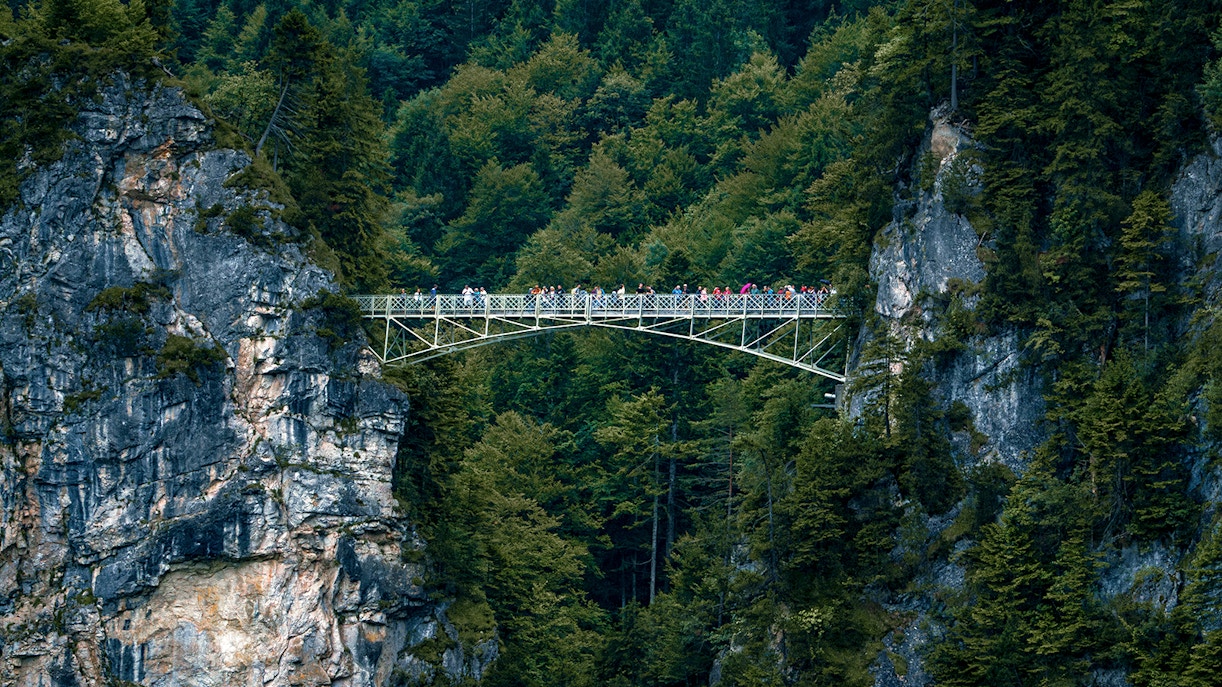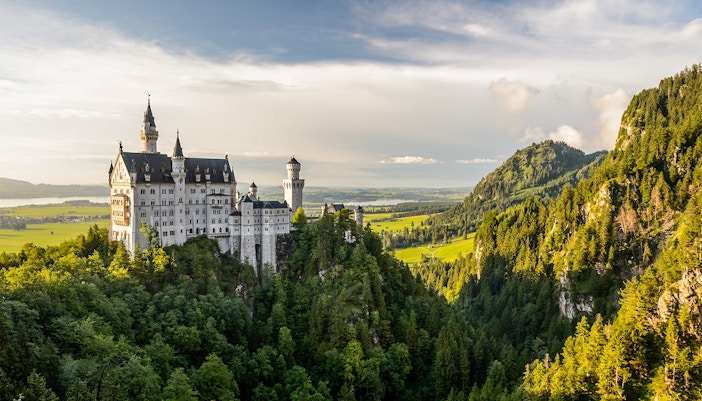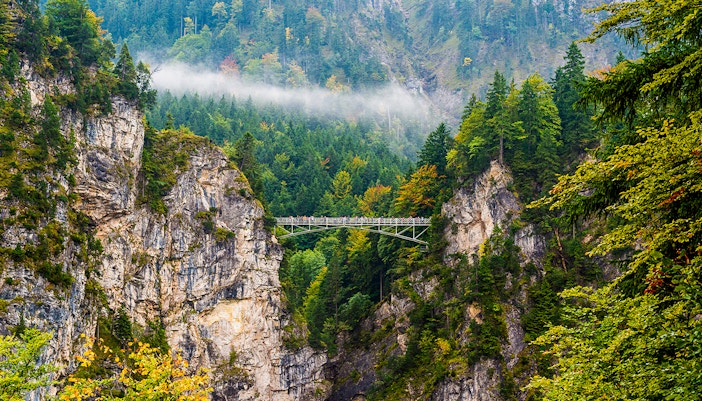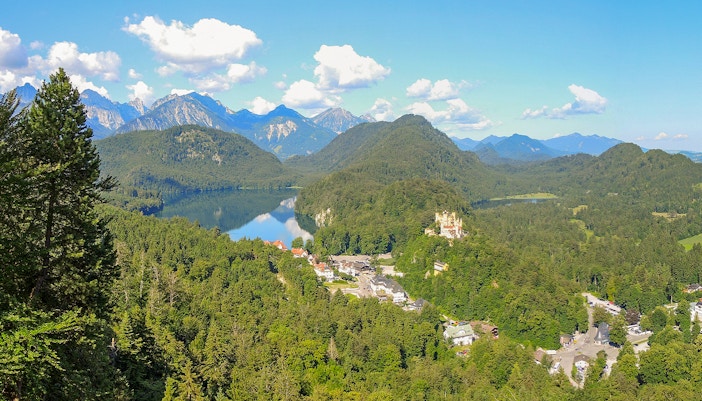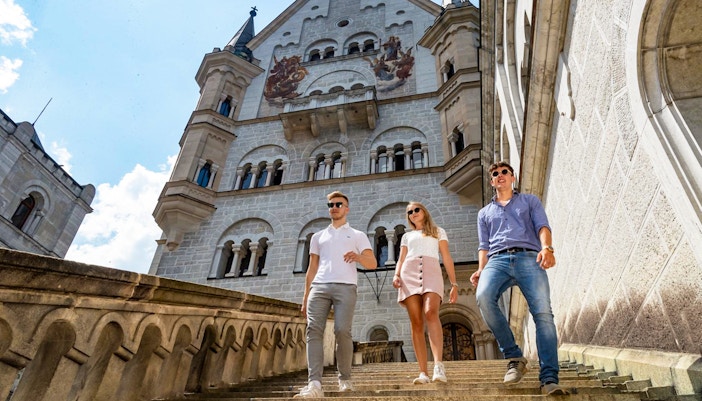- Unparalleled views: Queen Mary's Bridge offers stunning views of the Neuschwanstein Castle. You can stand on the Marienbrucke and admire the dramatic turrets and towers and see for miles across the Bavarian countryside.
- Royal connection: Built in 1845 by King Maximilian II of Bavaria as a tribute to his wife, Queen Mary, the Neuschwanstein Castle Bridge stands as a testament to their enduring love. Walking across this bridge allows you to connect with a piece of Bavarian royal history.
- Photographic perfection: Capture frame-worthy shots of the Swan Castle perched atop a rugged cliff. Zoom in to capture intricate details of the castle's architecture, or take a wide-angle shot to encompass the bridge, the gorge, and the surrounding natural beauty.
- Nature's majesty: Take in the breathtaking scenery of the Pollat Gorge, cascading below the bridge. Breathe in the fresh mountain air and soak up the panoramic views of the gorge and the Bavarian foothills beyond.
- Short & scenic walk: Enjoy a stroll across Mary's Bridge, a refreshing break from climbing to the castle itself. Depending on the kind of Neuschwanstein Castle tickets you choose, you can also rent a bike and cycle along the lush-green panorama.
Why visit the Marienbrucke?

